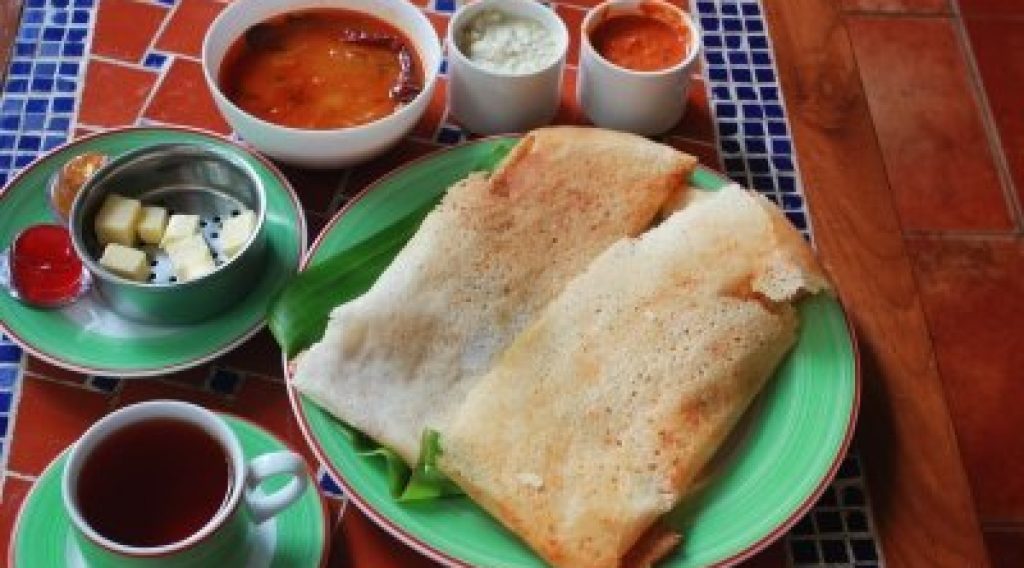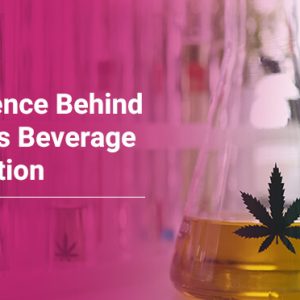Most of us are introduced to a variety of beverages at an early age. At this stage, the consumption of most fruit-flavoured / fruit-based beverages (or indeed any beverage) is either as a complementary drink or as “filler” between meals. Beverage consumption in India is quite different from the rest of the world. There is heavy intake of fruit drinks during summers and the consumption diminishes during winters.
Today the market is flooded with variety of still drinks, nectars and juices. While mango drinks hold ~80% of the market, other flavors are growing at a much faster rate. This represents a huge opportunity for brands which are in the beverage business or want to enter this segment. To win in this niche one must have a detailed understanding of the Indian palate.
Taste and flavor preference is always an outcome of the first product experience itself. For instance – my father has customarily experienced Indian fresh orange juice (sweet lime), hence his product preference will be tilted towards Indian oranges. On the other hand, I grew up consuming fruit juices made from concentrates hence those nodes are perfectly acceptable to my palate
When consuming beverages, another aspect is equally important. The “need state” of the user is a function of the time of consumption and often determines the appropriate flavor and notes. Following are some need states and the suitable fruit beverage consumers would prefer to ingest:
Breakfast
Today, breakfast has become the “entry need state” to the category. This is a result of the meal migrating from traditional parathas to cornflakes, sandwiches etc. In this period, the consumer’s expectation is to cleanse the overnight palate and obtain a refreshing action that can ‘wake up the brain’. Please note that breakfast is the time of the day where the taste buds and other receptors are fairly dormant. Therefore, the beverage requirement will be different; only certain kinds of flavours/fruits will work in this phase.
Mid-morning or Mid-afternoon or a part of lunch box for kids
This is second “need state” in a consumer. The user’s expectation for beverages consumed during this time is different from morning. During this phase, consumers have more time, whereas the breakfast drink is typically intended for fast consumption. One of the reasons for beverage consumption at this time is to create or break the mood.
At this time of day it is generally women/elderly/schoolkids who consume beverages and psychologically there is permission to enjoy but not indulge. Unlike morning, the taste receptors are fully functional.
With Lunch and other Meals
While this need gap is evolved more in developed nations, this is still fairly new and an emerging need gap in India. Here the requirement is more for functional ingredients in the beverage, which should also help build up the taste from the food, i.e. the preferred beverage should complement the food, not take away the taste. Currently carbonated drinks operate in this space.
Social Situations – In home and out of home
This is large segment. Here consumers are more at ease and in a mood for indulgent, open-minded, relaxed consumption. The presentation of the drinks also adds to the overall experience and user willingness to try a new beverage is higher. The expectation from the beverage is to add refreshment and it should complement the mood of the occasion. The need gap is not about quenching thirst or any functional need, this is an occasion for purely liquid pleasure.


